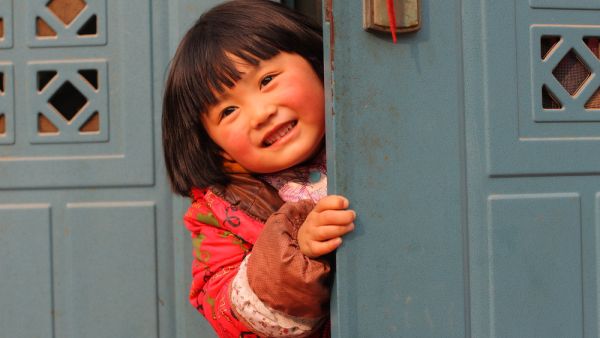China on Monday further relaxed its family planning policy and allowed couples to have three children, the state-run media said.
According to Global Times, the Chinese government has taken the decision to improve its population structure and counter the country's aging population problem.
The authorities are also planning to improve the maternity leave and maternity insurance systems and strengthen supporting policies in fields such as tax and housing, the daily reported.
China is now allowing families to have 3 children in a major policy shift to boost falling birth rates https://t.co/kYFpS8EoqN pic.twitter.com/siPgvEH4Qb
— Al Jazeera English (@AJEnglish) May 31, 2021
Last year in November, China released its five-year plan from 2021 to 2025 to promote balanced population development. Under the new policy, the government would provide extensive social and economic support to counter the shrinking workforce and aging population problems.
In 2016, China relaxed restrictions and allowed couples to have a second child due to the rapid increase in the aging population.
Earlier in 1978, the country imposed a controversial "one-child policy" in an effort to reduce poverty and develop the economy.
The country's birthrate dropped as the number of newborns in China dropped from 17.25 million in 2017 to 14.65 million in 2019, Global Times quoted a report of the research center under the Ministry of Public Security.
Yolanda Ouyang, 39, an employee at a state-owned enterprise in the region of Guangxi, was ecstatic. She had kept her 3rd child hidden for 2 yrs because she feared that she would be fired. “Finally, my child can come outside and play out in the open.” (1x) https://t.co/KJaIxA3jfW
— Sui-Lee Wee 黄瑞黎 (@suilee) May 31, 2021
While the number of newborn babies registered with public security organs in 2020 was 10.04 million, 15% down from the previous year.
It was the fourth consecutive year of falling births despite the implementation in 2016 of a universal second-child policy that allows all couples to have two children, the data showed.
This article has been adapted from its original source.










